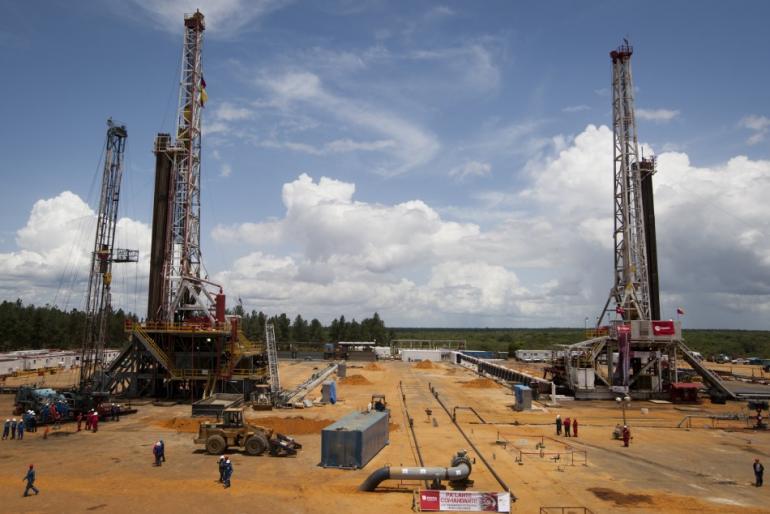
U.S. OIL NEED MONEY

The world may run on oil, but the oil industry runs on money. The US shale boom would not have been possible without a huge inflow of capital: the small to midsized companies that led the revolution raised $875bn from syndicated loans, bonds and equities in 2007-14, 83 per cent of it in debt, according to Dealogic.
The critical question for the industry, and for the future of US oil production, is whether that financial lifeblood will continue to flow.
It is clear that some sources are drying up. E&P companies are still raising funds through equity issues: Noble Energy announced a $1bn-plus share sale last week, and Goodrich Petroleum a $49m issue on Monday. But equity is a more expensive source of capital now than it was in August, after a 35 per cent-plus drop in the S&P 500 E&P sector index.
Bond issuance by smaller independent companies has slowed to a trickle, with only two sales in January and February, according to Dealogic. At the same time, bank lending is also facing constraints.
Smaller US independents generally use reserve-based lending, with their borrowing secured against valuations of their oil and gas assets, which are linked to market prices. The borrowing bases are typically calculated twice a year, with one round of valuations going on about now. The plunge in both crude and US natural gas in the past six months will curb the amount that companies can borrow.
So given those constraints, where will the industry find the capital it needs? One answer is through larger companies, including ExxonMobil and Chevron, swallowing up the smaller, buying both assets and entire businesses. With its triple A credit rating — better than the US government's — Exxon has ample access to cheap capital, as its $7bn bond sale on Tuesday showed.
Even Exxon, though, will want to be selective about its acquisitions. Management capacity is finite, and it cannot buy everything. Market valuations are also a disincentive to making acquisitions for shares. Anadarko Petroleum, for example, is often talked about as a takeover target, but its shares are trading at about 40 times 2016 earnings, while Exxon's are at 16 times.
A takeover would dilute Exxon's earnings unless it can improve Anadarko's performance dramatically. The best value deals will be available only from companies that are forced sellers.
The other increasingly important source of capital is going to be private equity and hedge funds. Blackstone has raised $4.5bn to invest in energy, while Apollo Global Management, Goldman Sachs and others have also been raising funds. If these funds still have a positive long-term view on energy, it is a much better time to buy in now than a year ago.
Already a few deals have been done. Linn Energy, a heavily-indebted E&P company structured as a partnership, in January announced an investment of up to $500m from GSO, Blackstone's debt unit. Resolute Energy at the end of last year raised a $150m loan from Highbridge Capital Management, a hedge fund owned by JPMorgan.
But this source of capital does not look like cheap money, though. Resolute is paying Highbridge an interest rate of 10 percentage points over Libor, with a minimum of 11 per cent.
Companies seeking financing will have to show that they are investable propositions, and for the most part that is likely to mean planning for significantly higher returns on capital than in the past, even at significantly lower commodity prices.
That means that cutting costs will be vital. If costs cannot be brought down fast, both by increasing efficiency and by squeezing lower rates out of service companies, then the outlook for investment in US E&P companies will continue to deteriorate.
For anyone wanting to understand the outlook for US production and world oil markets, costs in the shale industry will be a critical indicator to watch.
ft.com

